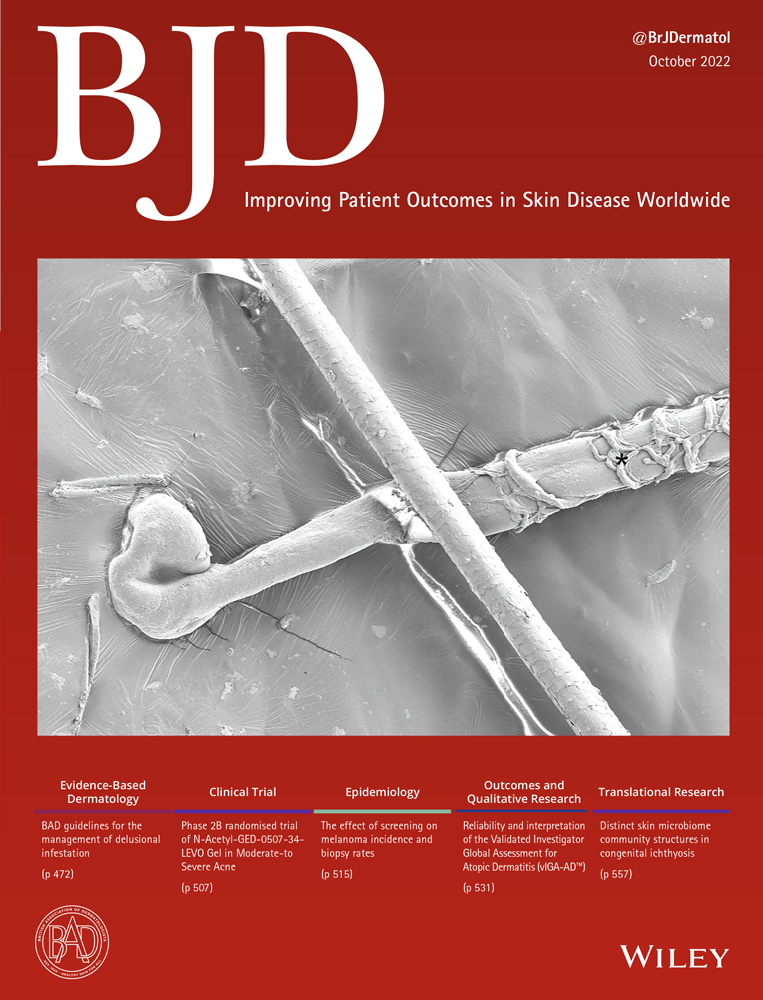Infrared thermography to detect pressure injuries
Abstract
Linked Article: Jiang et al. Br J Dermatol 2022; 187:571–579.
Pressure injuries (PIs) or pressure ulcers (also known as decubitus or bedsores) are injuries to the skin and underlying tissue often occurring in bony areas on the body. PIs develop as a result of pressure, such as from being confined to bed for a long time when ill. The high incidence, rapid development and long treatment cycles for PIs mean there is a need for early prevention. However, detecting PIs in their early stages is difficult, as the skin may still be intact. So, we aimed to assess the ability of infrared thermography (IRT; measuring skin temperature with a camera; analysed with an artificial intelligence model) to reliably detect PIs.
This study from China included 263 people who were screened for PIs in the sacral region (the lower part of the spine), using different methods, including IRT. The IRT images were obtained using a smartphone-based camera daily at the same time each morning, when nurses changed the patient’s position in bed. Each participant was followed up for 10 days.
Of the 263 participants, 58 developed PIs and 205 did not. The study results show that the ability of IRT to detect PIs was better than that of the other methods that were used.
From the study’s findings, we can therefore conclude that an IRT-based model is a useful and reliable method for clinical dermatologists and nurses to detect PIs. It can accurately identify the PIs 1 day before visual detection, so it can be used as a technique to guide early prevention.




